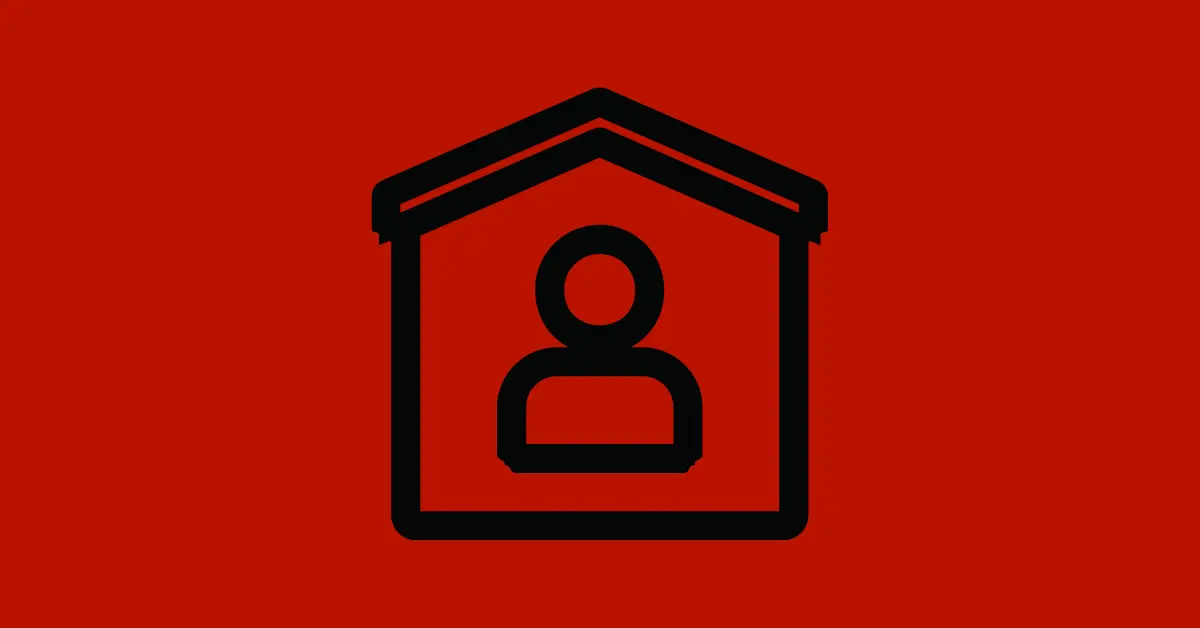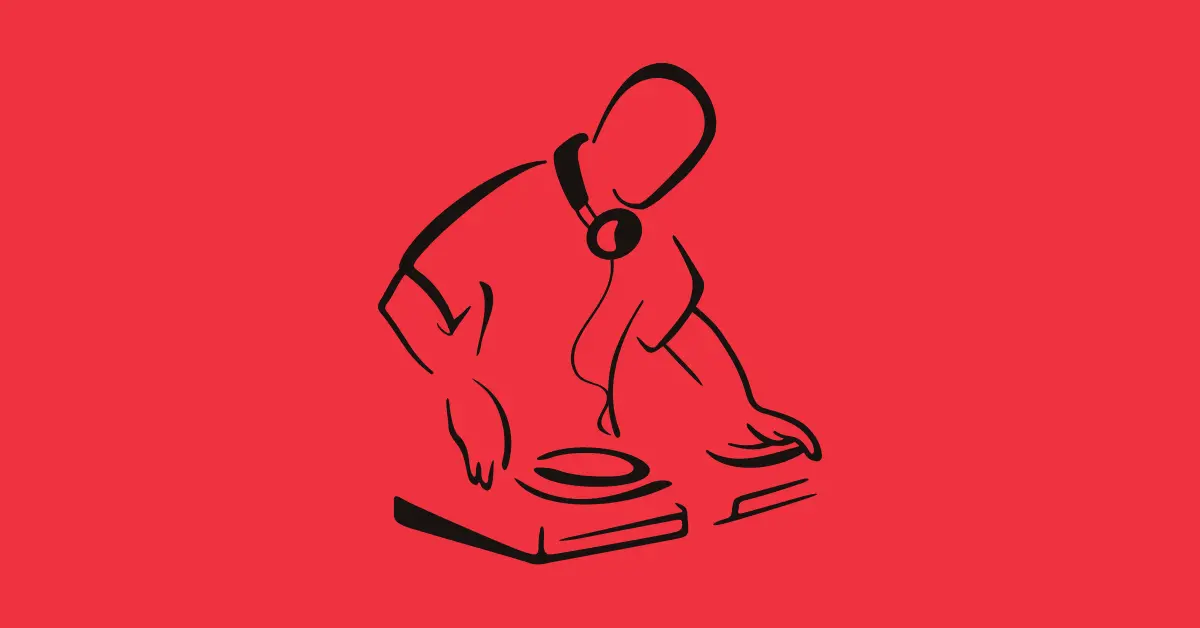This piece will cover a complete timeline of major events throughout Taiwan’s recorded history. Keep reading to learn more.
I’ve learned a lot while living in Taiwan for over 5 years. Which led me to dive into the country’s history. So I created this timeline.
Summary
- Japan rules Taiwan from 1894 through 1945.
- Taiwan was under martial law from 1945 until 1987.
- The KMT ruled over Taiwan from 1945 to 2016.
Taiwan: Pre-World War 2
Before Taiwan’s recorded history, it was primarily home to Malayo-Polynesian people. But that changed in the 1500s.
1500s
Sailors from a Portuguese ship pass Taiwan and name it Ilha Formosa—Formosa for short. This means “beautiful island.” During this time, many Chinese pirates, fishermen, and merchants visited Taiwan through various expeditions.
Japanese warlord Tototomi Hideyoshi launched an attack on Taiwan in 1592 after he invaded Korea. However, it was unsuccessful.
1624
The Dutch began colonizing Taiwan with their Taoyuan occupation—currently Anping District, Tainan City. They constructed Fort Zeelandia as their first stronghold. The Dutch East India Company used Hakka and Hoklo laborers to build their fort and work in sugar and rice plantations.
Until 1661, various brawls, rebellions, and human rights violations happened among the Dutch, Chinese settlers, Spaniards, and aborigines.
1626
An expedition from Spain builds bases in Northern Taiwan.
1628
The Spanish built Fort Santo Domingo in present-day Tamsui. The Dutch took control of the fort in 1642.
1661-1668
Sino-Japanese warlord Koxinga besieged Fort Zeelandia with more than 25,000 soldiers. After a 9-month battle, the Dutch fled to Batavia and forfeited their rule over Taiwan. Taiwan becomes the Kingdom of Dongning.
Europeans know it as the Kingdom of Formosa.
However, the Dutch eventually returned and occupied Northeastern Taiwan’s Keelung until 1668. When they abandon the area.
1683
The Qing dynasty (Manchu Empire) took control of Taiwan’s northern and western coastal areas.
1684-1687
The Qing dynasty formally annexed Taiwan. Governing it as the Taiwan prefecture of Fujian Province. It became the Fujian-Taiwan Province in 1887.
1867
The Rover Incident: Taiwanese aboriginal tribespeople massacred American settlers from the vessel, Rover. This event took place around Kenting in southern Taiwan.
1871
The Mudan Incident: natives from the Paiwan tribe massacred 54 Ryukyuan sailors. The Ryukyuan people are an ethnic group who live in Kagoshima or Okinawa Prefectures.
Anyway:
Japan sent a military expedition to Taiwan to retaliate.
1884
The Battle of Tamsui: the Qing dynasty defeats the French during the Sino-French War.
1887
The Manchu Empire took complete control over Taiwan.
1894-1895
The First Sino-Japanese war erupted between the Qing dynasty and the Empire of Japan in 1894. A year later, the Manchu Empire formally ceded Taiwan to the Empire of Japan after losing.
Taiwan became Japan’s first overseas colony. Japan wanted to use Taiwan as a “model colony” to promote modernization.
During the transition in May, Taiwan’s current residents declared themselves as the independent Republic of Formosa (ROF). Come October, the Japanese invaders dismantled the ROF.
1899
Taiwan’s first night market, Shilin Night Market, opens.
1900-1912
Revolutionaries in China overthrew the Qing dynasty and established the Republic of China in 1911.
Meanwhile, the Empire of Japan morphed Taiwan’s economy to become self-sufficient. Eliminating its reliance on subsidies from Japan.
The Saisiyat and Hakka people begin the Běipǔ Uprising against the Japanese government in 1907. However, it wasn’t successful.
1928
The Empire of Japan established the Taihoku Imperial University (present-day National Taiwan University.
1930
Musha Uprising: The Seediq people killed more than 130 Japanese people in response to unfair laws formed against the Atayal people.
1935
Shinchiku-Taichu earthquake: 7.1 magnitude quake in Taichung that led to 3,276 deaths.
1936
The government implements Japanization (kominka). This movement makes the Japanese language mandatory in Taiwan’s education curriculum. It also encouraged the Taiwanese to adopt Japanese names and join the Imperial Army.
In 1937, they banned Chinese-language newspapers and removed the Classical Chinese curriculum from schools.
1943
The Republic of China’s (ROC) Chiang Kai Shek meets President Franklin Roosevelt (U.S. President) and Winston Churchill (Britain’s P.M.) in Cairo, Egypt. They released the Cairo Declaration that declares the Penghu Islands and Taiwan should be restored under ROC control once the war ends.
What Happened to Taiwan After WW2
Since the Empire of Japan lost World War 2 against the allies, it ceded control of Taiwan to the Republic of China. This was China’s government until the Chinese Communist Party (CCP) took over and morphed it into the People’s Republic of China (PROC).
1945
Raid on Taipei (Taihoku Air Raid): the United States and the Republic of China launched air raids throughout Japanese-controlled Taiwan. This bombardment resulted in more than 3,000 civilian deaths.
The allied forces met little resistance due to Japan focusing its efforts on the Aerial Battle of Okinawa.
The Empire of Japan fell, and Taiwan became a part of the Republic of China.
The Chinese Civil War erupted in China between the Chinese Communist Party under Mao Zedong and the Kuomintang (KMT) Nationalists led by Chiang Kai-Shek.
Both parties raced to control population centers and resources after the devastation caused during World War 2. This war raged until 1949.
1947
February 28th Incident (228): the Kuomintang (or Guomindang)-led government massacres of 18,000-28,000 civilians who protested against the government. The actual deaths during this massacre vary by source.
Civilians protested against the KMT because they wanted less corruption in the government and free elections.
The Republic of China Constitution took effect on December 25th.
1949
The Great Retreat: the KMT-led Republic of China relocates more than a million settlers to Taiwan. The Chinese Communist Party (CCP) founded the People’s Republic of China. However, the Republic of China still claims it’s the sole governing body over China.
Meanwhile, in Taiwan, the ROC government introduced Sinicization. It forced Taiwanese and aborigines to use Mandarin Chinese language and culture over Japanese, Hoklo, and Hakka languages and culture.
The White Terror: the Kuomintang imposed Martial law.
The Bank of Taiwan introduced the New Taiwan Dollar (NTD)—Taiwan’s current currency. 1 NTD equals 40,000 Old Taiwan Dollars.
1954
The ROC and the United States signed the ROC-U.S. Mutual Defense Treaty in Washington DC. This treaty ensured America would bolster Taiwan’s defenses to deter PROC attacks [1].
1958
The Battle of Kinmen: 1.8 miles (2.9 km) from China’s shores, the PROC military bombarded the island of Kinmen with artillery. The battle lasted more than 40 days and resulted in Taiwan capturing and keeping Kinmen Island.
End of the Chinese Civil War
1964
The Republic of China bans government officials and schools from using the Taiwanese Hokkien language (known as Taiwanese).
1971
The United Nations General Assembly passed U.N. Resolution 2758. This document recognized the People’s Republic of China as the sole government of China.
The Republic of China withdrew from the United Nations (U.N.).
1979
The Kaohsiung Incident: the government arrests democracy activists in Kaohsiung. This eventually led to the Democratic Progressive Party (DPP) to form in 1986.
The End of Taiwan’s Marshal Law
1987
Marshall law ended, and new political parties could form.
During this time, Morris Chang founded the world’s first dedicated semiconductor foundry, Taiwan Semiconductor Manufacturing Company (TSMC) [2]. It began as a collaboration between Philips, the Taiwanese government, and private investors.
1988
Lee Teng-hui enacts the Taiwanisation policy. This relaxed restrictions on Taiwanese Hokkien, Hakka languages, aboriginal languages. Along with their cultures.
Chun Shui Tang’s product development manager, Lin Hsiu Hui, claims she created the first bubble tea.
1990
The Wild Lily Movement: a student-led movement that demanded a reestablished National Assembly infrastructure, a National Affairs Conference, a re-established constitutional order, and a political reform timetable.
1991
The Republic of China renounced its claims over China (unofficially).
Taiwan became a part of the Asia-Pacific Economic Cooperation. It’s a 21-member forum that promotes free trade throughout Asia.
1992
1992 Consensus: alleged outcome of a meeting between the PROC and ROC where both countries agreed that Taiwan and China belonged to “one China.” Both sides interpret the results differently, though.
Taiwan interprets “one China” as the PROC, and Taiwan belongs to the Republic of China. The PROC interprets the opposite.
Taiwan’s current administration denies the existence of the 1992 Consensus.
1994
Taiwan Semiconductor Manufacturing Company (TSMC) became a public company.
1995-1996
1995: The National Health Insurance (NHI) program forms. This is Taiwan’s current healthcare system.
From 1995 to 1996, China conducted a series of missile tests that fired various sets of missiles into the waters surrounding Taiwan. It’s allegedly intent on intimidating Taiwan into submission.
Bill Clinton sent the USS Nimitz and a battle group through the Taiwan Strait to display American military might. He also sent the USS Belleau Wood, the USS O’Brien, and the USS McClusky.
1997
Taiwan Semiconductor Manufacturing Company (TSMC) became the first Taiwanese company listed on the New York Stock Exchange (NYSE).
1999
Chi-Chi (Jiji) Earthquake: a 7.3 magnitude earthquake rumbled Taiwan’s Nantou County on September 21st. This led to 2,4115 deaths, 11,305 injuries, and more than NT$300 billion ($9 billion) worth of damage.
Chen Shui-Bian Presidency: DPP President
2000
The Democratic Progressive Party’s Chen Shui-Bian becomes the first non-KMT president. This election resulted in Taiwan’s first peaceful transfer of power.
Chen Shui-Bian stated Taiwan would not call a referendum on independence for Taiwan. So long as China doesn’t attack.
2002
Taiwan entered the World Trade Organization.
The cellular phone penetration rate exceeds 100%. Penetration rate refers to the number of cellular phone users per 100 people. This propelled Taiwan into becoming a nation with heavy mobile users.
2003
SARS outbreak: this led to 346 cases and 81 deaths [3]. The outbreak resulted in a 23.4% fatality rate.
Legislative Yuan passed the Referendum Act. It allows citizens to vote on issues of national or local impotence.
Parliament approved a bill that allows a referendum of independence if China attacks. This also applies to changing Taiwan’s name.
2004
Chen Sui-Bian is reelected.
Taipei 101, the world’s tallest building (at the time), opened on December 31st in Taipei City.
2005
Indigenous People’s Basic Law: allows indigenous Taiwanese folks to self-govern and create autonomous jurisdictions for their communities.
2006
The first Taiwan High-speed Rail (TSHR) line begins operations.
The government changed the name of Chiang Kai-shek International Airport to Taiwan Taoyuan International Airport.
2007
Indigenous Traditional Cultural Expression Protection Act: Taiwan’s central government must protect indigenous cultural expressions and heritage.
The government renamed Chiang Kai-shek Memorial Hall to National Taiwan Democracy Memorial Hall.
Taiwan applies for a U.N. membership under the name “Taiwan.” But is rejected.
Ma Ying-jeou’s Presidency: KMT President
2008
Ma Ying-jeou of the KMT becomes the president.
Wild Strawberry Movement: student protests against President Chen’s pro-China policies that suppressed the usage of Taiwanese songs and the display of Taiwan’s flag.
President Ma apologized for the deaths that happened during the White Terror.
Chen Sui-bian is arrested for bribery, money laundering, and embezzlement of government funds.
China gifted Taiwan 2 giant pandas—Tuan Tuan and Yuan Yuan. Their names mean “unite.” Many see the gifts of pandas with such names as a political move by China.
Tuan Tuan died in 2022 from a brain condition.
2009
Typhoon Morakot: the nation’s deadliest typhoon strikes southern Taiwan and kills 673 people.
2012
President Ma wins a second term.
2013
President Ma becomes Taiwan’s first president to meet with the pope.
2014
China’s Taiwan Affairs Office director and Taiwan’s Mainland Affairs Council minister held a formal meeting. This is the first official contact between agency heads responsible for cross-strait relations.
Sunflower Movement: a student movement against a trade pact with China they believed would leave Taiwan vulnerable to political pressure. They wanted to eliminate the Cross-Strait Service Trade Agreement (CSSTA).
And because of the movement, the CSSTA did not pass.
2015
President Ma and Chinese leader Xi Jinping meet in Singapore. This marked the first to-level meeting between the countries in more than 60 years.
Tsai Ing-wen Presidency: DPP President
2016
The Democratic Progressive Party’s Tsi Ing-wen wins the presidential election.
2017
The Indigenous Languages Development Act: officially recognized 16 Formosan languages as “national languages.”
Panama switched diplomatic recognition from Taiwan to China.
Parliament voted to remove references to Chiang Kai-shek from throughout the country.
Taiwan launched its first high-resolution Earth observation satellite, the FORMOSAT-5.
2018
Taiwan legalized same-sex marriage.
2020
Tsai Ing-wen is re-elected.
2022
China performed a series of military exercises around Taiwan in response to US Speaker of the House Nancy Pelosi’s Taiwan visit. These exercises involved ballistic missile launches, live-fire drills, naval deployments, and the likely deaths of many fish.
These exercises lasted from August 4th to the 7th.
FAQs: Taiwan History
Read these FAQs about Taiwan’s history to learn more.
Why Does China Want Taiwan?
China views Taiwan as a breakaway province and wants to “reunite” with it.
Was Taiwan Ever a Part of China?
No. Taiwan has never been a part of the People’s Republic of China (what everyone knows as ‘China’). However, Taiwan is officially known as the Republic of China.
When Was Taiwan Founded?
Taiwan was founded in 1912. However, it became the Republic of China—referred to as Taiwan—in 1945.
What Was Taiwan Called Before?
Taiwan was Formosa (Ilha Formosa) and the Republic of Formosa before taking the names Taiwan and Republic of China.
When Did Taiwan Gain Independence From Japan?
Taiwan became independent from Japan on October 25th, 1945.







